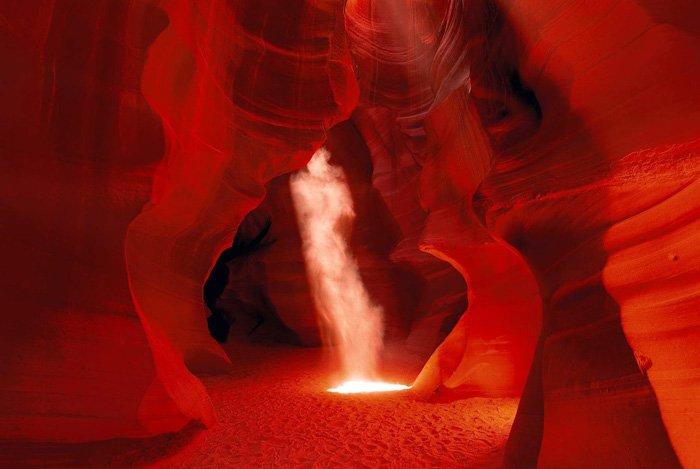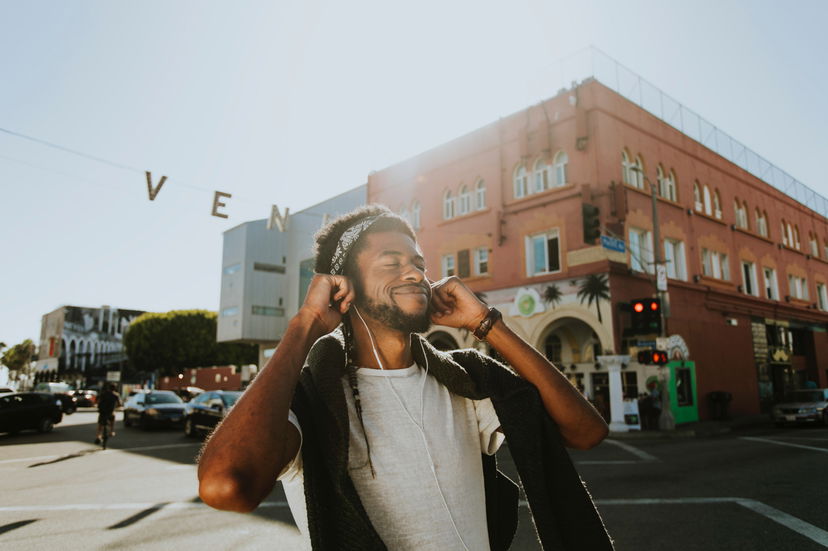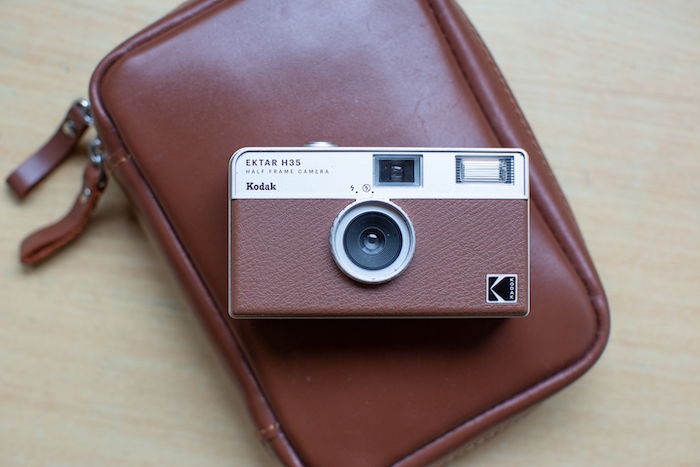32 Best Portrait Photography Ideas in 2024 (Themes & Tips)
We’ve curated a list of creative portrait photography ideas to ignite your imagination. Portrait photography is one of the most rewarding types of photography. It’s a rich discipline that allows you to tell stories, explore personalities, and create characters.
But even portrait photographers sometimes lack inspiration. Your camera can sit idle for weeks, months, or even years when the spark has gone. That’s a sorry state of affairs and not one we like to encourage.
But that’s exactly why we’ve listed these fantastic portrait photography ideas. They’re a great way for beginners to find their feet with portraiture, develop skills, and open their minds. These portrait ideas will help any photographer suffering from a creative block.
Our Best eBooks and Courses for Portrait Photographers
32 Best Portrait Photography Ideas
These 32 portrait photography ideas are aimed at invigorating your creativity. Whether you’re stuck in a ruck or want to take your portraiture in a new direction, these ideas are the perfect starting point.
You can try one or two or even try all 32. The main thing is that you pick up your camera and enjoy the art of portrait photography.
1. Use a Shallow Depth of Field to Emphasize a Subject
A photo’s depth of field determines how much of the scene is in focus. If you have a deep depth of field, everything from the foreground to the background is in focus.
Only the subject is in focus when you have a shallow depth of field. The background and foreground will be out of focus. This blurred background effect is often called “bokeh” or the bokeh effect.
Using a shallow depth of field is a great way to highlight your subject within the image. A perfectly focused subject stands out from a blurred bokeh background. It softens the outer areas of the image, removing distractions. And it provides a contrast to the sharply focused subject.
The best way to achieve a shallow depth of field is to use a wide aperture. Just how wide you can stretch your aperture depends on the lens you’re using. But even apertures like f/4.0 give you the desired bokeh background.
Learn more about depth of field in our full article. You can also read our guide to creating the bokeh effect in your photographs.
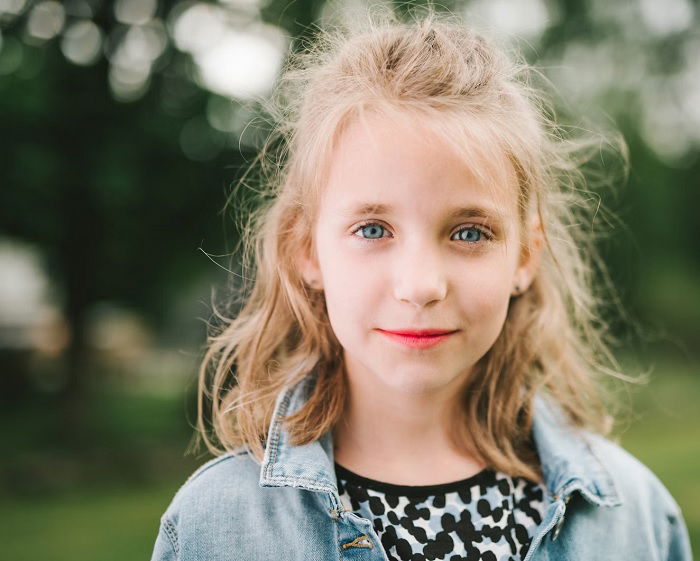
Nikon D810. 50mm, f/1.4, 1/1,000 s, ISO 100. Janko Ferlič (Unsplash)
2. Indulge in Self-Portrait Photography for Self-Exploration
Finding willing models is one of the biggest challenges when taking portraits. But that challenge is completely removed if you are your model and take self-portraits.
The “selfie” has come to dominate social media. Many now think self-portraits are only used to make yourself look good online.
But the self-portrait can be so much more than just a selfie. While you are the model, the “original you” doesn’t have to be the subject. You can wear costumes to create characters and alter-egos.
You can also design sets and scenes to make them more interesting, transforming your bedroom or lounge into a self-portrait studio.
You can see our full article about self-portrait ideas. For more inspiration, check out all the best professional self-portrait photographers. They set new limits on what’s possible in self-portrait photography.
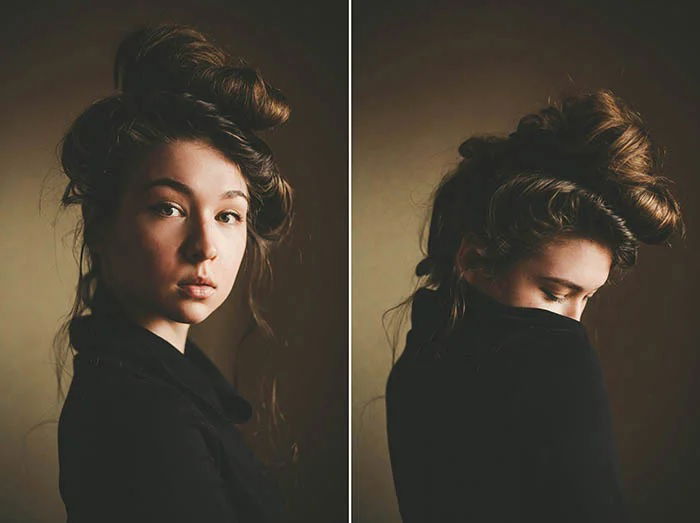
© Taya Ivanova
3. Hone Skills With Classic Headshots
The classic headshot is a staple of portrait photography. Although many people find them dull and uninteresting, headshots are a great place to start if you’re new to portrait photography. A headshot portrait looks simple, but getting it right is far from easy.
You have to make someone look their best within the standard portrait format. You can’t play with composition. And you can’t rely on elaborate costumes or scenery to make them interesting. You have to rely on your basic portrait photography skills.
Shooting headshots is the perfect way to master the basics if you’re new to portrait photography. But even seasoned portrait artists can learn more by shooting headshots. The limitations force you to keep things simple.
Headshot photography can also be one of the most lucrative types of portrait photography. Budding actors or models always need professional headshots for portfolios and casting applications. They’re willing to pay if the headshots are good.
You can see a classic three-light headshot below. We have a whole list of headshot poses to experiment with. You can shoot personal headshots. And there’s a full how-to guide on professional headshot photography.
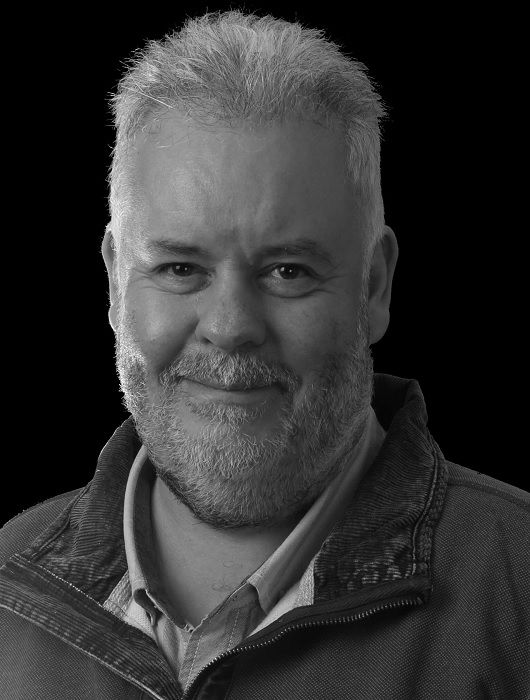
© Trevor Marshall
4. Perfect Profile Pictures for Social Media
Social media has become one of the most popular places for socializing. But social media isn’t just for keeping up with friends. People use it to find work and create a public profile.
That’s why a profile picture is so important. It needs to show you in your best light, giving people the best side of yourself.
You might want different profile pictures for different social media platforms. Something fun and light for Instagram and something more serious for LinkedIn might be best. Our full article teaches you how to master the art of profile pictures.
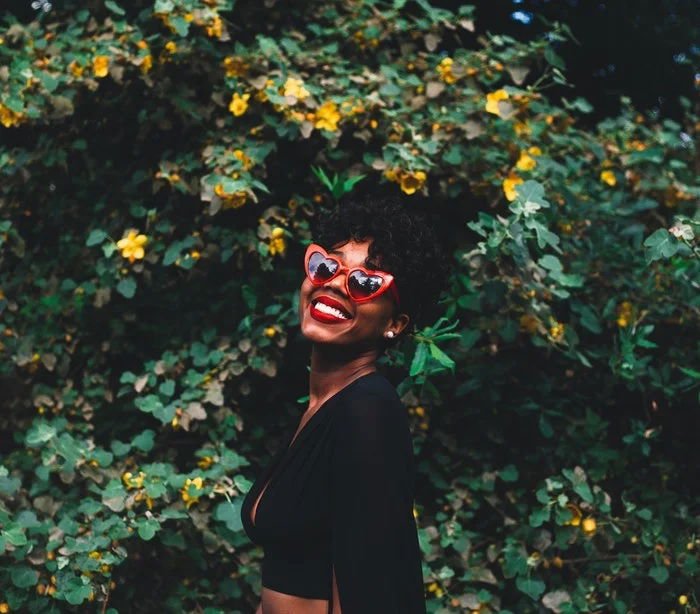
Photo by Jermaine Ulinwa (Pexels)
5. Shoot in Black and White for a New Challenge
Black-and-white photography poses a new challenge if you’re used to shooting in color. You don’t have vibrant hues and tones to help you attract attention.
Shooting in black and white makes you highlight other aspects to make your photos interesting. That’s true for all types of photography, but especially portraiture.
Shooting portraits in black and white allows you to experiment with contrast. You can use deep, rich blacks against harsh whites. Or you can look for more subtle tones within the grey scale. It’s also best to look for texture within your images to add interest.
Black-and-white portraits also have a timeless quality that adds intrigue and romance. Unless there’s a giveaway in the image, it can be hard to tell if the picture was taken in 2024 or 1974.
If you want to explore this, check out our full guide on how to shoot black-and-white portraits.
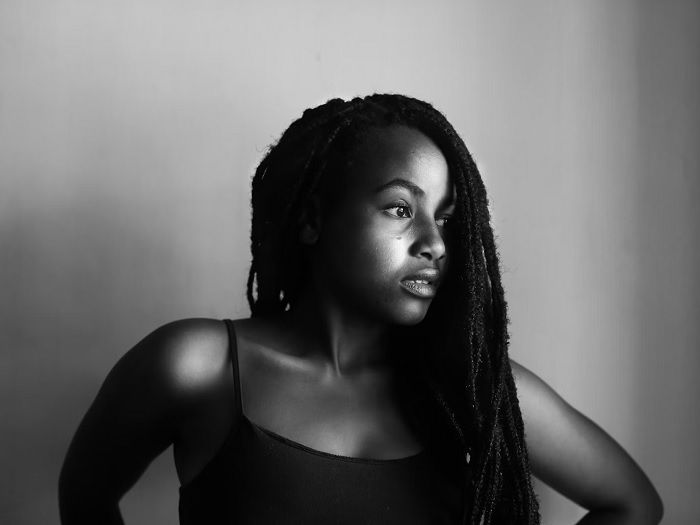
Canon EOS 5D Mark III. 50mm, f/2.8, 1/320 s, ISO 1,250. Nick Owuor (Unsplash)
6. Don’t Be Scared to Shoot Outdoor Portraits
You might be accustomed to shooting portraits at home or in a studio. It’s nice to have controllable conditions. But shooting portraits outdoors can be incredibly rewarding. And the natural light and interesting locations bring new life to your portrait images.
Shooting on location opens a new world of possibilities. There’s more to consider, but you can use that to your advantage.
You can shoot at different times of day for different types of light. You can shoot in open spaces or urban environments. And you can make the most of the four seasons with their various color schemes and textures.
We have creative tips for shooting portrait photography outdoors. We go even more niche with our urban portraits article. You can even make the most of the coldest season with our guide on shooting snowy portraits in winter.
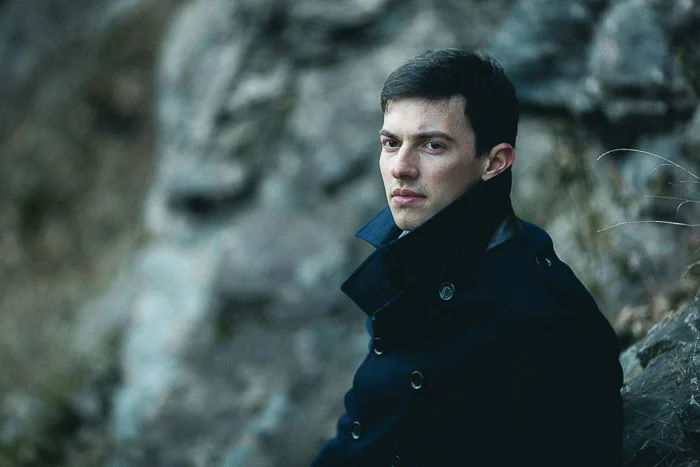
© Daria Huxley
7. Snap Portraits of People in Their Environments
Environment portraits are shots of people in their environment. As with most portraits, the person is the focus, but the surrounding imagery also tells us something about them.
For example, you might have a portrait of a market vendor at their stall. A good environmental portrait will show us the stall and the vendor, thus giving us a better understanding of who this person is.
You can show religious people in places of worship. You can also depict athletes on the track or in the locker room. Learn more about environmental portraits.
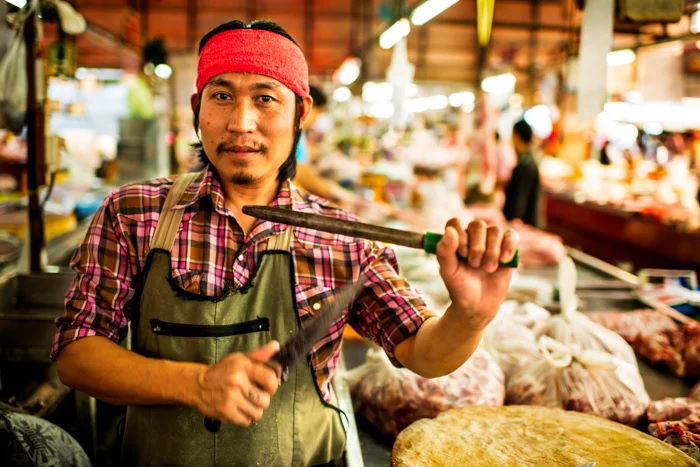
© Kevin Landwer-Johan
8. Embrace the Dark and Shoot Night Portraits
Of course, shooting in the daytime is the easiest way to shoot portraits outdoors. But night portraits are also an option. The results can be breathtaking when done right.
You might have to use higher ISO settings. Tripods can help you keep the ISO lower by letting you shoot with slower shutter speeds. But the real key is getting the lighting right.
You can use flashguns and LED panels. But it’s best to also look for lights in the night environment. Are there bright lights from storefronts or gas stations? The neon lights give you moody and atmospheric night portraits.
Illuminate your knowledge further by reading our full article about night portrait photography. We also have another article on neon light photography, which makes for perfect supplementary reading.
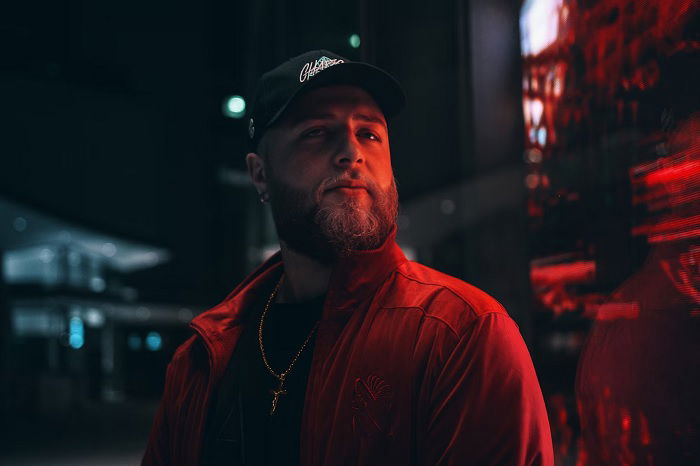
Canon Rebel T5i. 35mm, f/1.8, 1/125 s, ISO 800. William Krause (Unsplash)
9. Go Retro With Film Photography Portraits
Digital cameras are out, and analog cameras are back in as film photography has grown in popularity. There was a time when only die-hard film fans continued with the analog medium. But now, more and more photographers are returning to film photography.
Using film for portraits is a great way to spice things up, giving you more creative avenues to explore. You can use the grainy look to add a retro feel to your portraits.
You can also shoot with color or black-and-white film. And the wide variety of film stocks lets you play with different ISOs and brands.
Start by getting yourself one of the best 35mm film cameras. Then, stock up with as many rolls of film as you can afford. You can read our recommendations for the best color film and black-and-white ones.
For more tips, read our black-and-white film photography guide. We also recommend reading our article on the most influential film photographers working today.
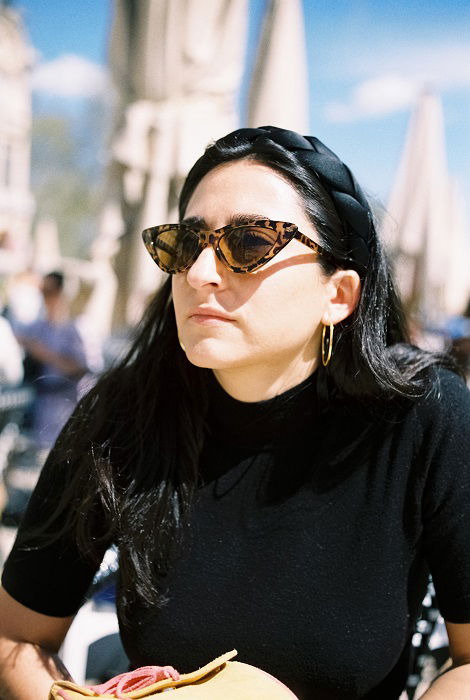
Shot with Kodak Portra 800 film. © Christopher Bryan-Smith
10. Explore the World of Film Noir Photography
Film noir photography is fun and creative, an homage to the crime movies of the 1940s and 50s. Study the imagery of black-and-white crime thrillers. Use them to explore different types of composition and techniques for moody portraits.
Film noir is a niche within the black-and-white photography category. You want high-contrast images with faces partially obscured and faces emerging from the darkness.
Film noir portraits work well when shot with black-and-white film. The grainy texture adds to the noir aesthetic, making the image look older and more gritty. You can also add film simulation filters in editing software like Lightroom or Luminar Neo.
See our full article on film noir photography tips.
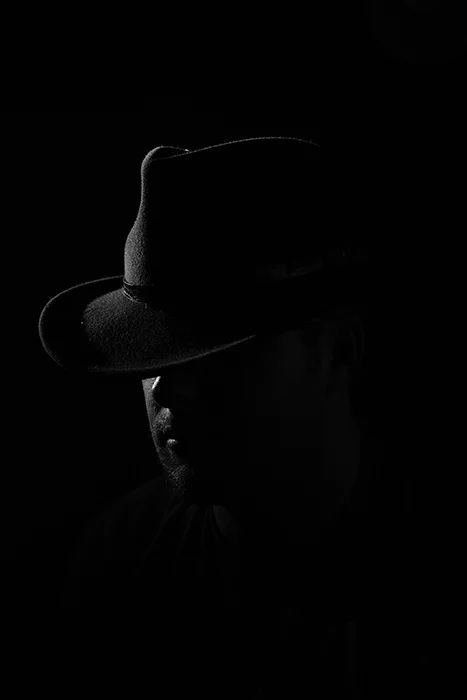
Canon Rebel T3i. 37mm, f/5.0, 13 s, ISO 1,300. Emily Schultz (Unsplash)
11. Get Close for Intimate Close-up Portraits
Portraiture is one of the most intimate forms of photography. The model and photographer are intimate because they often work together alone. But there’s also an intimacy between the model and the viewer. It’s the photographer’s job to heighten that personal connection.
One great way to do that is to shoot close-up portraits. Focus on one area of the face to highlight their individuality. The eyes are usually the main point of attention, and zooming in on those works well for this portrait style.
But you don’t have to concentrate on the eyes. You can go close to their lips or nose. It can be any interesting feature that expresses your model’s personality. We have even more tips for close-up portrait photography.
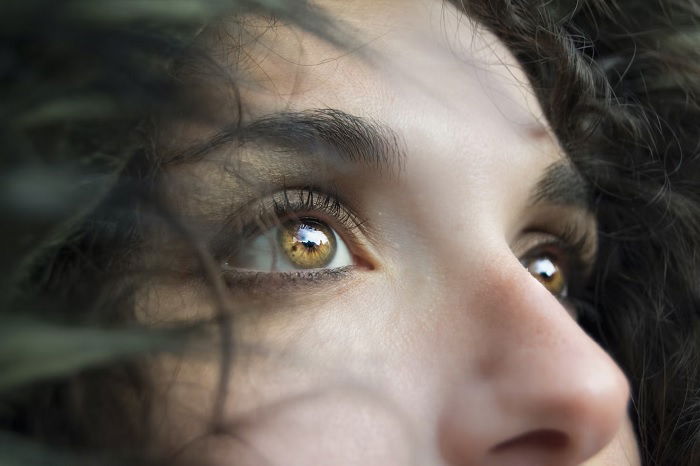
Nikon D5300. 35mm, f/4.5, 1/60 s, ISO 720. Marina Vitale (Unsplash)
12. Create Mystery With Abstract Portraits
Take your portraits in a completely different direction by using abstract composition. By removing the intimacy from your portraits, you’re adding a sense of mystery and uncertainty.
The person’s face is often obscured or not visible in abstract portraits. We might find this disconcerting at first. But it can also draw the viewer into the image.
You can use this to explore narratives or the idea of identity. The principles of abstract photography might seem simple, but they can give your images an unnerving power. For more information, go to our abstract portrait photography article.
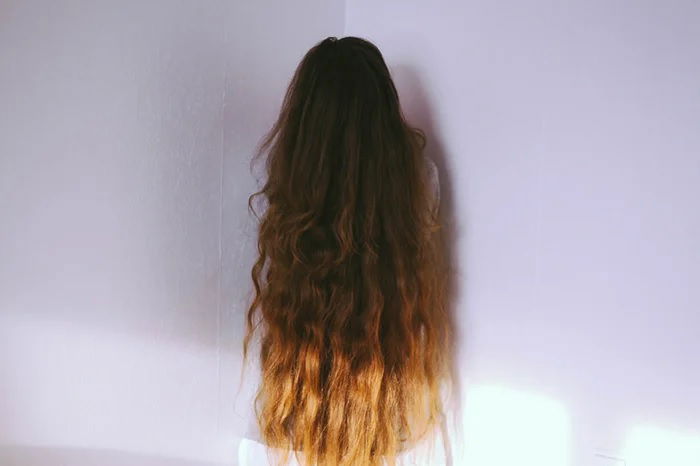
13. Keep It Simple With Minimalist Portraits
For minimalist portraits, it’s all about keeping it simple. You’re taking a less-is-more approach, so you don’t want many other features apart from your subject.
Use a plane backdrop like a white wall, and remove any distracting elements. Have the model wear simple clothes. And you can even go for minimalist makeup on the subject.
You don’t have to stick to white, but a monotone color scheme is best. Muted colors work best for minimalist portraits, and you don’t want too many different tones.
Negative space is another important element in minimalist photography. Negative space is an area of your image that has nothing in it. This emphasizes your subject even more, allowing them to draw all the attention in their direction.
We have even more tips for minimalist portrait photography.
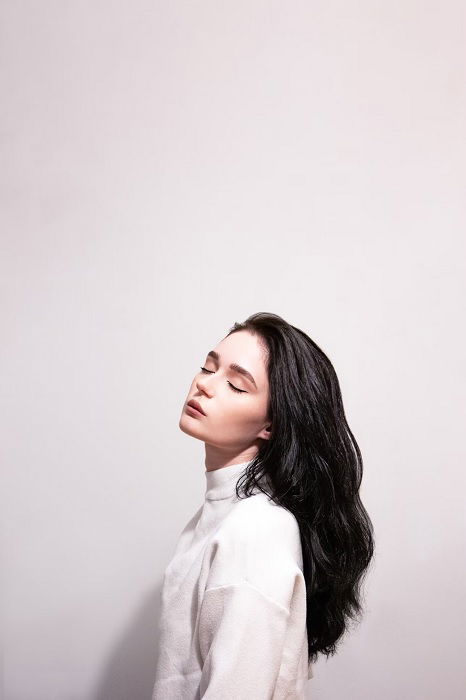
Canon 60D. 40mm, f/5.6, 1/100 s, ISO 1,600. Valeria Lendel (Unsplash)
14. Showcase the Unnatural for Surreal Portraits
Surreal portraits can be haunting and other-worldly, making you unsure who or what the subject is. It’s powerful portraiture that’s a great way to push your creativity to the next level.
You can create surreal portraits using costumes and props. An unusual or irregular composition helps to bring a sense of uneasiness to the image. You can also use classic camera techniques to bring the surreal image to life.
One such camera technique is using a slow shutter speed to blur motion. Set your shutter speed to 1/60 s or something similar (you might need a tripod). Then, have your subject move their head quickly. Their face will be blurred and unrecognizable.
Learn more about creating surreal portraits in our tips article.
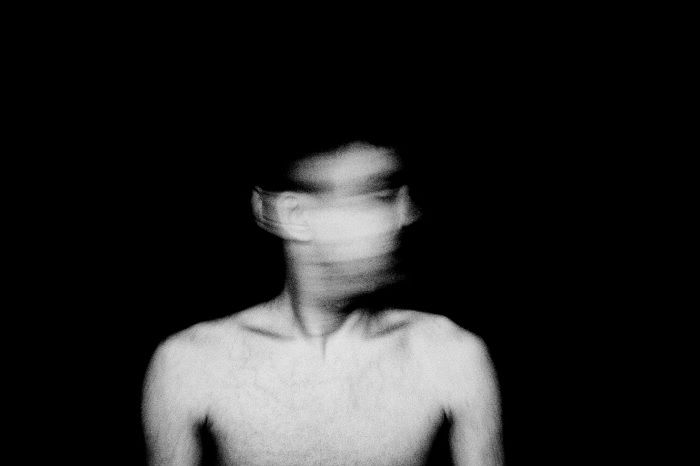
Canon EOS 70D. 50mm, f/2.8, 1/4 s, ISO 800. Dhiraj Aslami (Unsplash)
15. Tune-up Skills With Band Photography
Band photography is a great way to test and improve your skills as a portrait photographer. Within this genre, you can practice several different types of portrait photography.
You can shoot staged band portraits in a studio or on location. You can also shoot group portraits or snap each member individually.
Candid images are another option if you can follow them in rehearsals or backstage. Music fans love these more intimate shots.
You also have concerts for high-energy portraits. These can be the most demanding in terms of camera skills. But after just a few gigs, you’ll know exactly how to get the best live portraits.
Band portrait photography is another good earner. Bands always want promotional materials and are often willing to pay for them. You can build a big music photography portfolio even if you’re following a local band with no money.
See all our best tips on shooting promotional band photography. Or, if you prefer the energy of a live gig, read our tutorial on shooting concert photography.
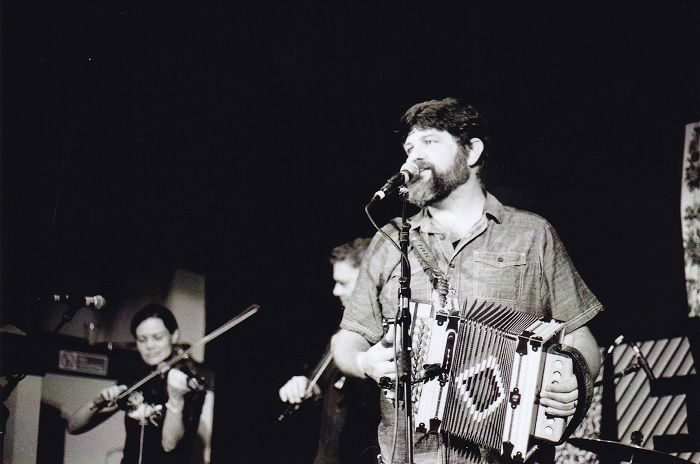
© Christopher Bryan-Smith
16. Celebrate a Birthday With Portraits
Birthdays are always a great opportunity to get the camera out. But you can take things to a level above the general birthday snap by taking proper portraits.
They don’t have to be too serious. You can still have plenty of fun and celebrate that individual with some commemorative portraits.
You can exploit plenty of moments during a birthday celebration to create fun birthday images. Of course, you have a birthday party, but you can also take pictures during the preparations.
And there are specific moments within the party that are always worth snapping. These include the birthday cake entrance, giving presents, and unwrapping. See all our birthday photoshoot ideas in the full article.
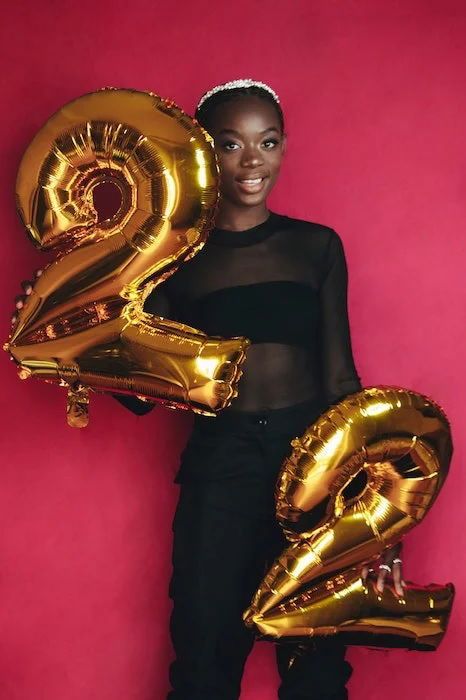
17. Capture a Candid Portrait for Natural Results
Candid means there’s no posing or direction from the photographer. Formality has been removed, and the photographer’s job is to capture their subject acting naturally.
The candid style of portrait photography produces intimate and expressive images. You capture people when they feel most at ease, although this is difficult when a camera is pointed at them. The key is making them feel relaxed and at ease.
If you want to learn more about the art of candid portrait photography, see our full list of tips for candid photography.
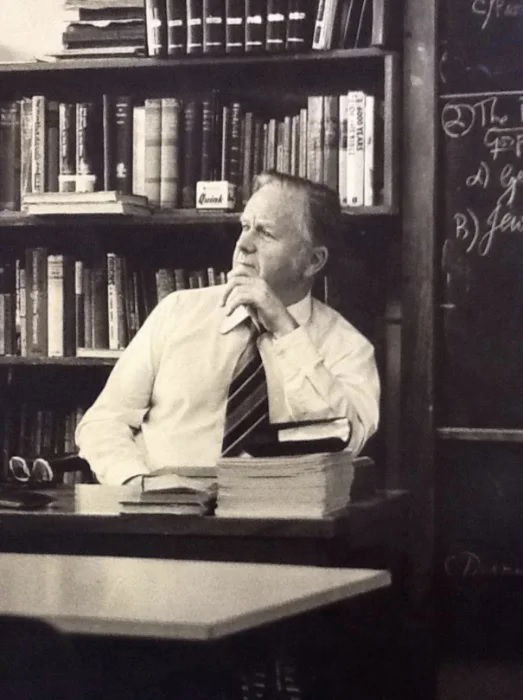
© Trevor Marshall
18. Broaden Horizons with Cinematic Portraits
A cinematic shooting style is a great way to create unique and powerful portraits. People are drawn in and want to know more when you have an image that looks like a still from a movie.
You can use this style of portraiture as a gateway to visual storytelling. Unlike a real movie, you won’t have dialogue or a soundtrack. You have to tell the story through the visuals alone. It’s a great way to test yourself creatively.
Read more about cinematic portrait photography ideas in our full article.
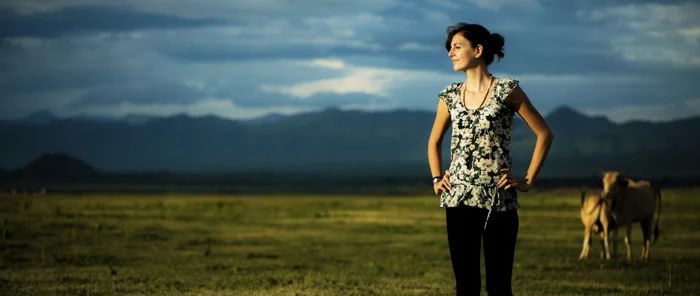
© Kevin Landwer-Johan
19. Be Inspired By the Classics With Hollywood Glamor Photography
Replicating the classic, glamorous portraits from Hollywood’s golden era is a great way to spice up your portrait work.
Studying and learning from the classics teaches you much about composition and lighting. And dressing up in extravagant outfits is great fun for your model.
Check out our full article about Hollywood glamor photography.
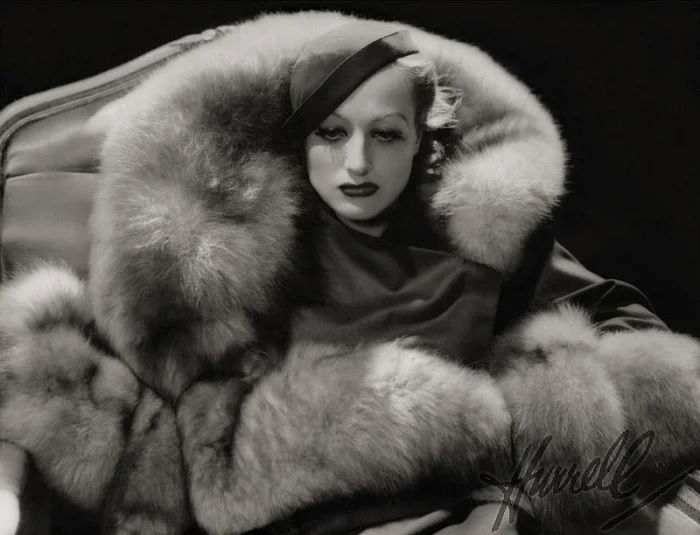
Photo of Joan Crawford by George Hurrell
20. Use Costumes and Props to Create Magical Fairytale Portraits
Costumes and props help you create characters and tell stories. When done with creativity and imagination, you create unique fairytales with portrait photography. Use traditional imagery and tropes to help set the scene for the viewer.
You can show princesses and damsels in distress with old-fashioned dresses and blouses. The same goes for male models using medieval-type clothing. With just a few garments and props, you have your dashing young prince.
You can learn more about cosplay photography if that’s what you’re into. But we also have a full article on fairytale photography. It contains many stunning examples of ideas for fairytale portrait photography.
Jovana Rikalo, one of our incredible collaborators, created the image below. Together, we created the incredible Fairytale Portraits course, where she spills all her top secrets and tips. It’s the best resource if you want to make wonderful fairytale portraits like she does.
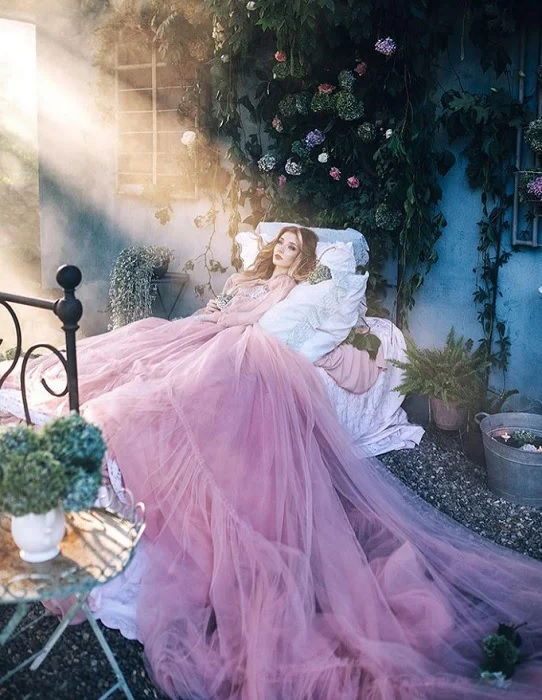
© Jovana Rikalo, the creator behind Fairytale Portraits
21. Tell Stories With Narrative Portraits
Creating characters with costumes is a great way to build a world within your photography. But you can take that even further with narrative photography. This is where you use still images to tell a story.
You can tell your visual story using a series of images or one image. It’s all about using visual clues and symbols to help the viewer work out the narrative in their heads.
Develop your storytelling skills with our narrative portrait and creative storytelling photography posts.
The amazing image below is by Anya Anti. We were lucky to work with her in developing her Creative Portrait Concepts ebook. It’s packed with educational material and tutorials, giving you the inside scoop on how she creates such magical portraits.
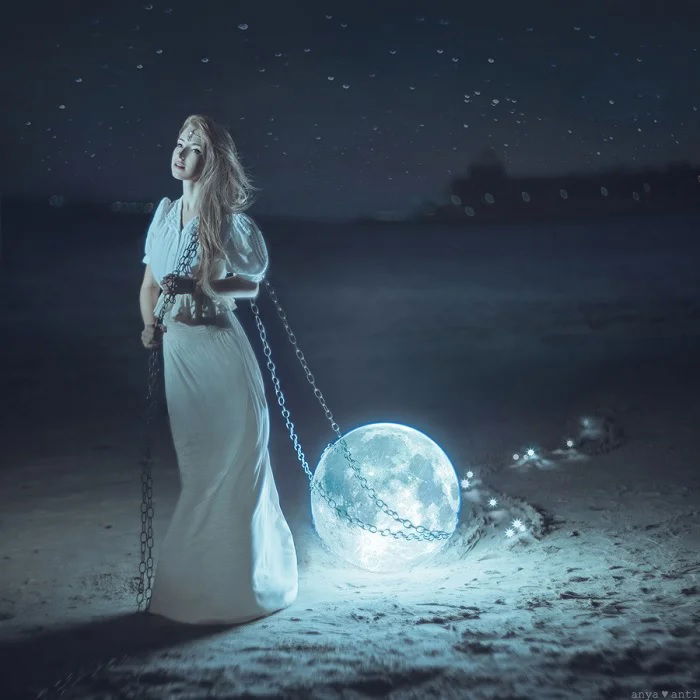
© Anya Anti, the creator behind Creative Portrait Concepts
22. Use Flowers as Props for Earthy Portraits
Flowers are a basic photography prop that everyone can use. They are easily accessible to most people. And they add color, texture, and meaning to your portraits.
Specific flowers can be used as visual symbols. The red rose, for example, is often associated with romantic love. And white lilies are a symbol of death.
Flowers can also be used to create an earthy or mother-nature-style aesthetic. Sometimes, they can be used for a simple pop of color. We have a full article about using flowers in portraits.
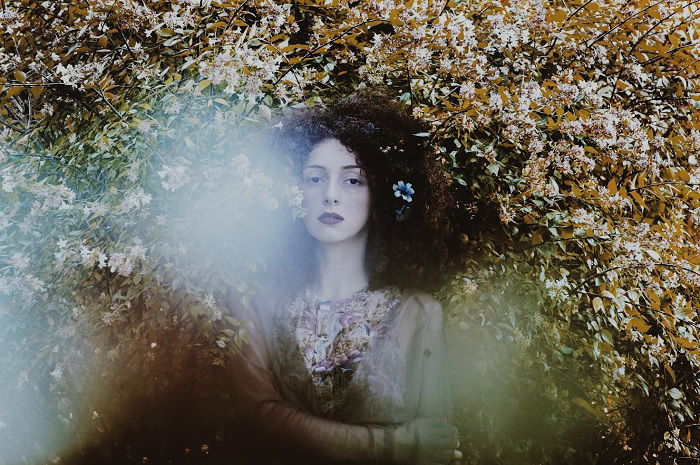
Nikon D700. 85mm, f/5.0, 1/100 s, ISO 800. Tiko Giorgadze (Unsplash)
23. Celebrate Movement With Dance Photography
Dancers make fantastic portrait models. They’re never short on poses and rarely camera-shy. Capturing movement is a great way to test your portrait skills. You’ll use your camera differently, using different settings than a headshot photoshoot.
Dance studios are great places to take pictures. They are usually well-lit, and the mirrored wall is a great device for photography. But you don’t need a dance studio. You can take pictures anywhere the dancer has space to dance.
Through your photography, you can explore different types of dance. Ballet dancers offer elegant shapes and smooth lines. Flamenco dancers offer movement and energy. Street-style or break dancers offer dynamic poses.
Learn more about dance photography portraits.
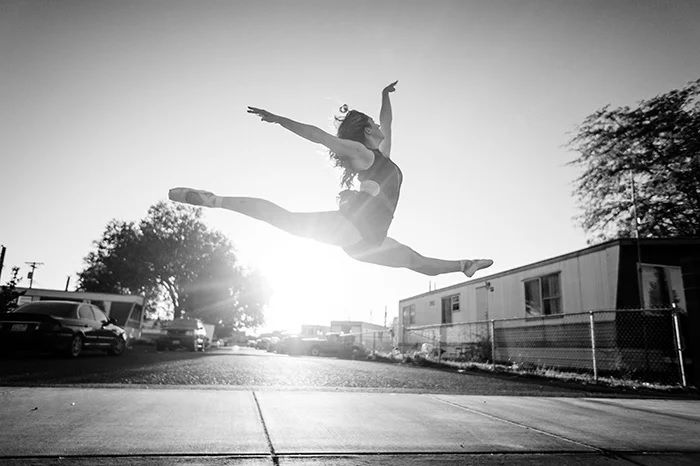
Sony a6000. 16mm, f/2.8, 1/1,600 s, ISO 100. Gabriel Sanchez (Unsplash)
24. Go Rinkside With Ice Skating Photography
Figure skaters make excellent portrait subjects. You can capture dynamic images filled with energy and interesting shapes like dance photography.
We don’t recommend taking pictures on the ice. That’s too dangerous unless you’re a very competent skater.
You have to set up a spot at the side of the ice rink, which creates limitations you don’t have with dance photography. But you learn to get past them to produce fun ice skating images.
If you’re a fan of the ice, read all our tips on figure skating photography.
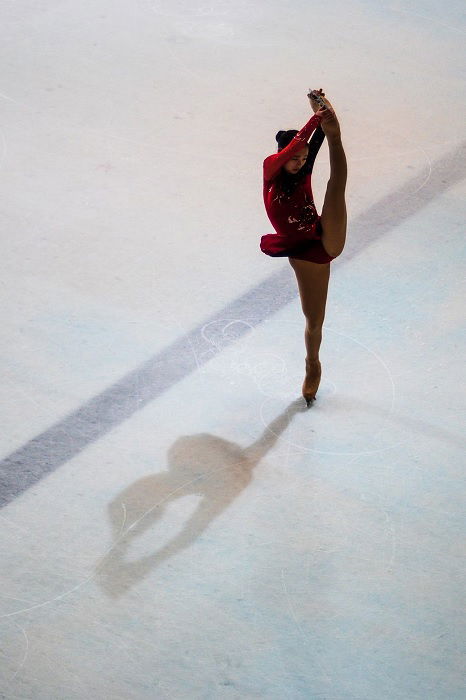
Nikon Z6. 50mm, f/1.8, 1/2,000 s, ISO 800. Kirk Lai (Unsplash)
25. Take the Stage With Theatre Portrait Photography
The theatre is another excellent environment in which to practice portrait photography. Actors make great subjects, whether in character or out. They are not camera-shy and are happy to take a bit of direction from the photographer.
You can take pictures of live performances, capturing the actors in full flow. You can shoot rehearsal or backstage images. Or you can take pictures of the other crew members.
You might be able to earn money promoting local shows. Theatres always need promotional material for newspapers and social media advertising. And once you’re in with the theatre crowd, they might invite you back again for the next production.
If you are passionate about the stage, read our theatre photography tips in our full article.
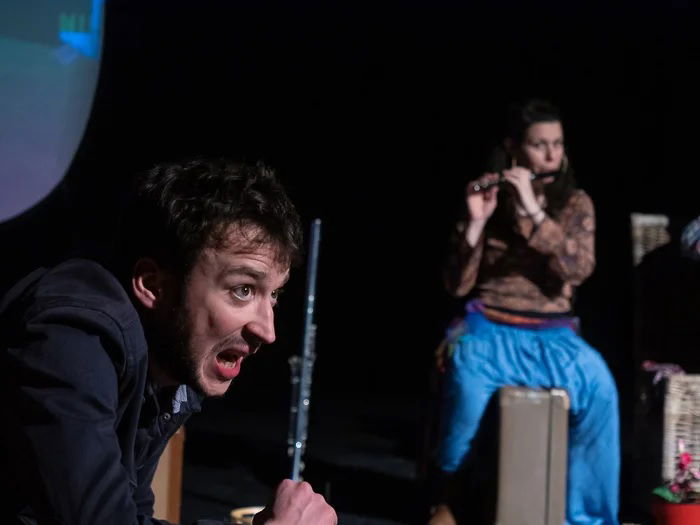
© Andrea Minoia
26. Show Flexibility With Yoga Photography
Yoga photography offers a great opportunity to create unique, interesting portraits. Yoga practitioners are always happy to have high-quality pictures taken. And it gives you a chance to create eye-catching images.
Yogis can contort their bodies into incredible positions. This makes interesting shapes, shapes you don’t find in other types of portrait photography. You can use these shapes to contrast or echo the environment to make interesting compositions.
We have more tips and tricks, including camera settings and location scouting, in our yoga photography tutorial.
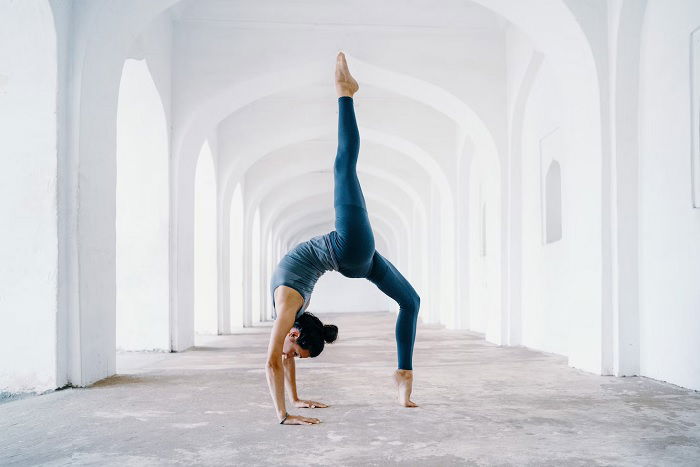
Sony a7R II. 35mm, f/2.5, 1/1,000 s, ISO 1,250. Oksana Taran (Unsplash)
27. Unveil Love With Romantic Couple Portraits
Couples in love make the perfect subjects for romantic portraits. They are comfortable in each other’s company and often more than happy to celebrate their love with a romantic photo op. Sometimes, they’re even willing to pay.
Having a good list of couples poses helps you keep things fresh. And it’s best to always build a good rapport with the couple to help them feel comfortable. Never make them do anything they are not comfortable with.
We have a romantic couple portrait tutorial and a bucket-load of Valentine’s Day photoshoot ideas to help you capture the romance.
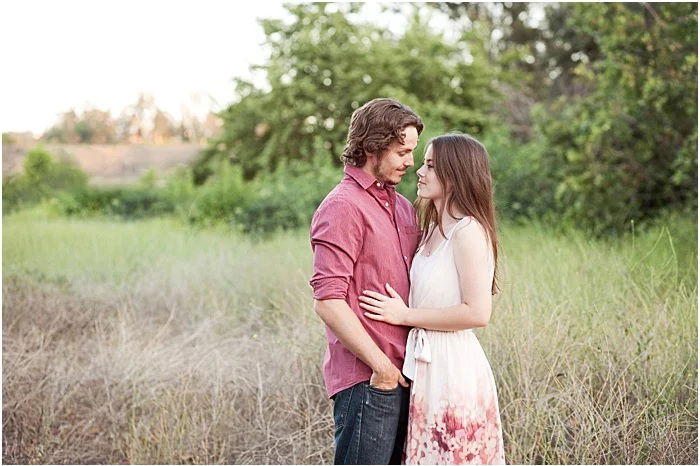
© Jackie Lamas
28. Master Fine Art Portraits
Fine art portraiture straddles other types of portrait photography. But one common element within fine art photography is precision. The detail must be carefully considered and executed exactly as the photographer intended.
Use props and costumes for your model. Construct abstract or minimalist arrangements and compositions. Or elevate standard portrait techniques to stunning fine art images.
Learn more about fine art portraits in our full article.
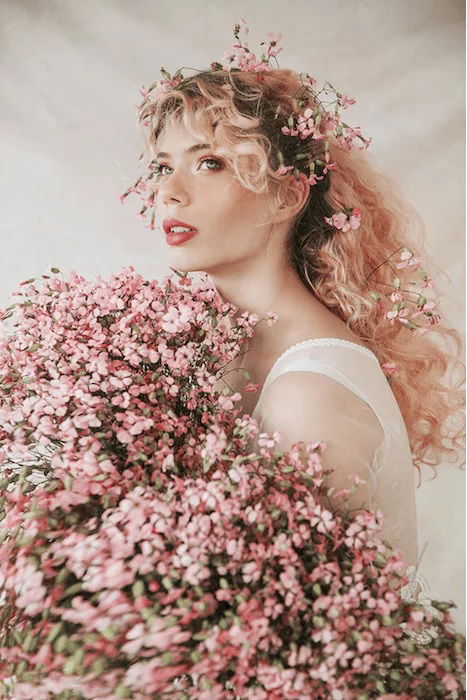
© Jovana Rikalo, the creator behind our Fairytale Portraits course
29. Reveal More Details With HDR Portraits
HDR (High Dynamic Range ) photography involves taking several exposures of the same scene to create one image. Each exposure has different settings. So when you piece them together in a composite, the image has maximum detail.
It’s an interesting technique that works very well with portraits. Learn how to create impressive HDR portraits in our full tutorial.
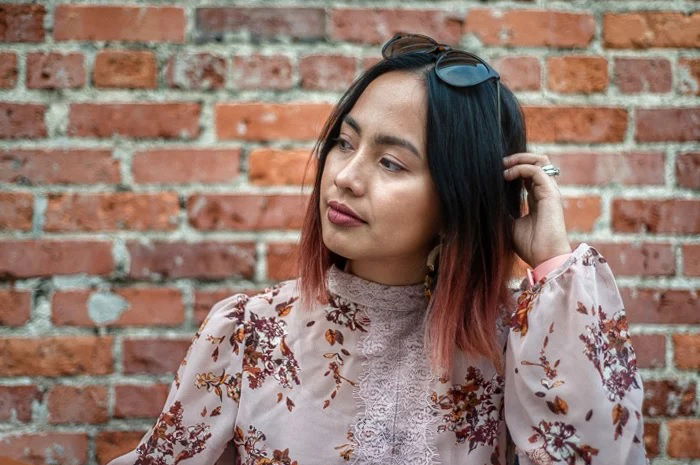
© Chad Verzosa
30. Double up With Diptych Portraits
A diptych is two portrait orientation images side by side. But they shouldn’t be two random portraits. They need to be images that complement each other or have a visual connection.
By using two images together, you can expand your visual voice. You can say more than you would in a single portrait. And they allow for even more creativity. Our complete article is packed with fantastic diptych portrait ideas you can try.
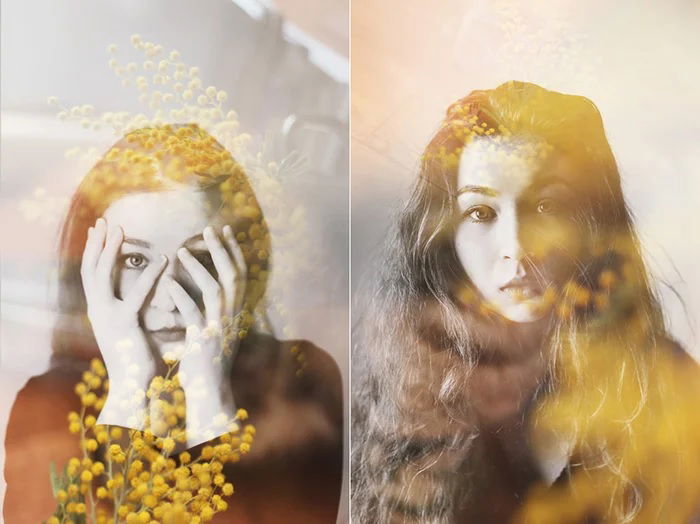
© Taya Ivanova
31. Improve Your Editorial Portrait Photography
You have to say a lot with very few images in editorial photography. For editorial portraits, you must succinctly present a clear picture of a subject and be precise in your visual storytelling.
Doing a profile of a public figure is a great way to get your portraits published. But even if you get a full editorial spread, they might only publish two or three portraits. That’s why you must understand subjects well and how you want to present them.
That isn’t easy, but we can help you with our article on tips for editorial portrait photography.
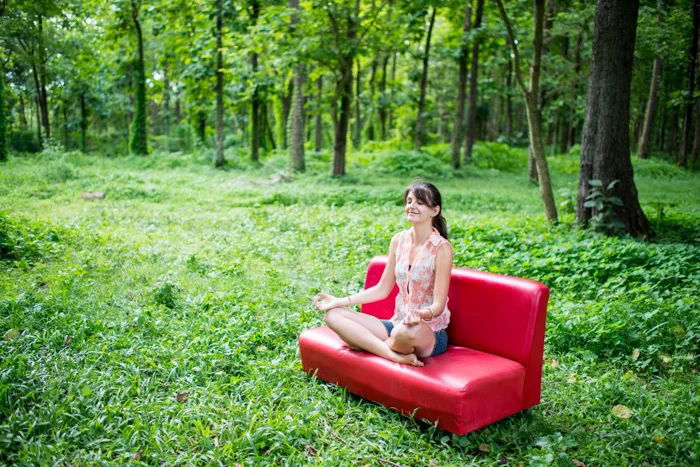
© Kevin Landwer-Johan
32. Explore Dream Worlds with Ethereal Portraits
Creating dreamlike, ethereal portraits can be very rewarding. This is especially true if you like narrative photography. You can keep them simple or use elaborate costumes.
The main focus is to achieve a dreamlike atmosphere where the viewer doesn’t know which reality they are in. We have a full post about creating dreamy, ethereal portraits. Check it out if you want to learn more.
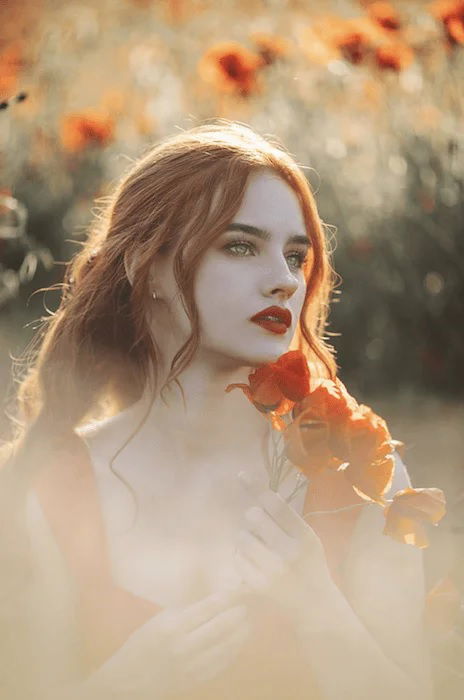
© Jovana Rikalo, the creator behind our Fairytale Portraits course
Conclusion: Portrait Photography Ideas
With so many new portrait photography ideas, you won’t be able to put your camera down. You have new creative avenues to explore. You can do everything from shooting professional headshots to creating fairytale stories. Nothing is standing in your way!
Experimenting with different portrait photography ideas is one of the best ways to improve your skills. You’ll master your camera with complete control over your settings. And you develop new visual languages that help you build a robust portrait portfolio.
Nothing is stopping you from becoming a brilliant portrait photographer. Check out our Creative Portrait Concepts eBook for more portrait photography ideas!

